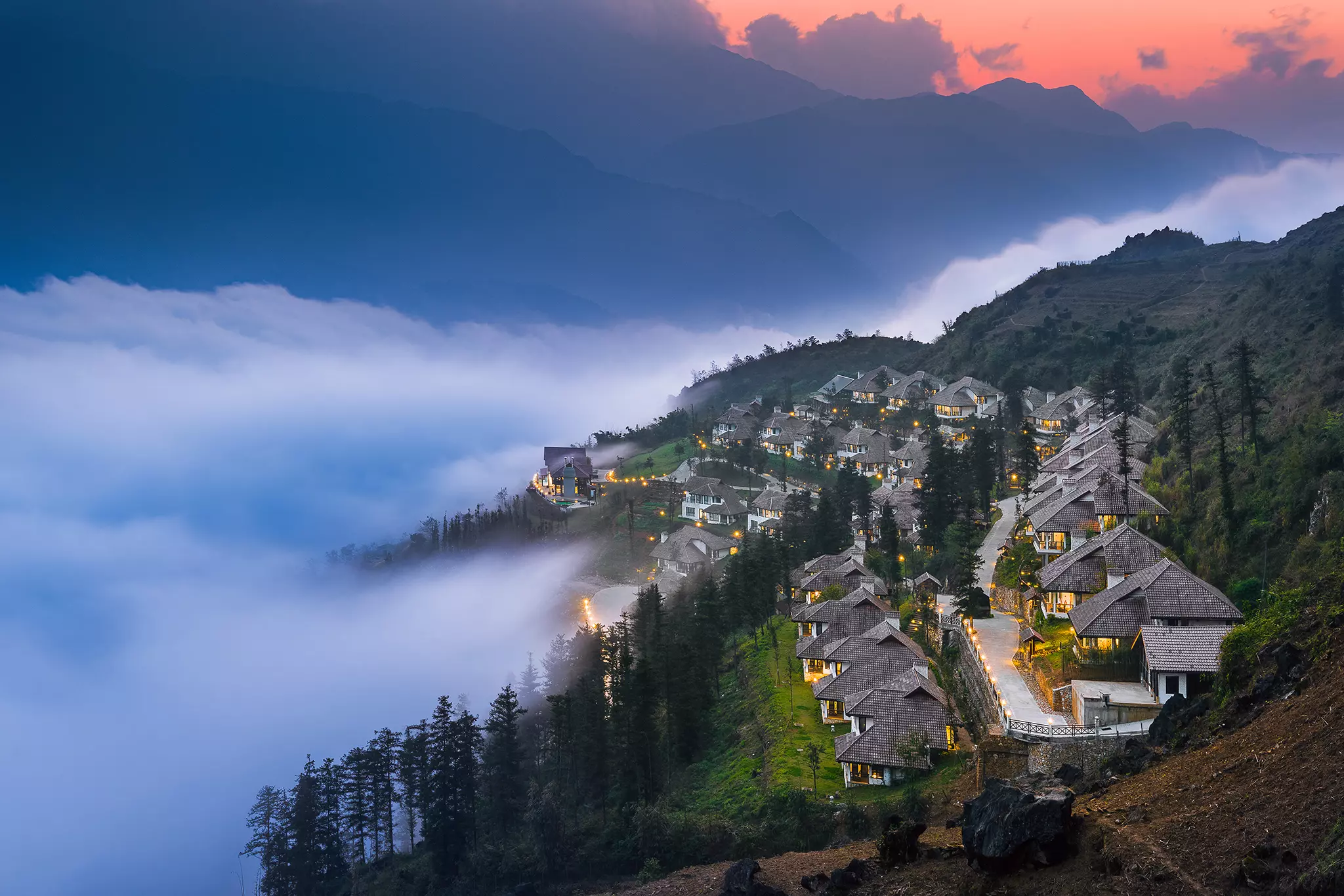Surrounded by deep forests and high mountains, the cloudiness and foggy ambiance are staples of Sapa weather in February. Despite the frostiness, the charming scenery and enchanting ambiance draw many visitors to this town to enjoy the beautiful culture as well as the stunning views.
If you are making your Vietnam travel plan, Sapa, a town nestled amongst mountains and forests in the North of Vietnam, is a destination that one should consider visiting. Despite the chilly and misty Sapa weather in February, Sapa’s fascinating customs and stunning scenery beckon travelers from all over, making it a must-visit place.
1. Features of Sapa weather in February
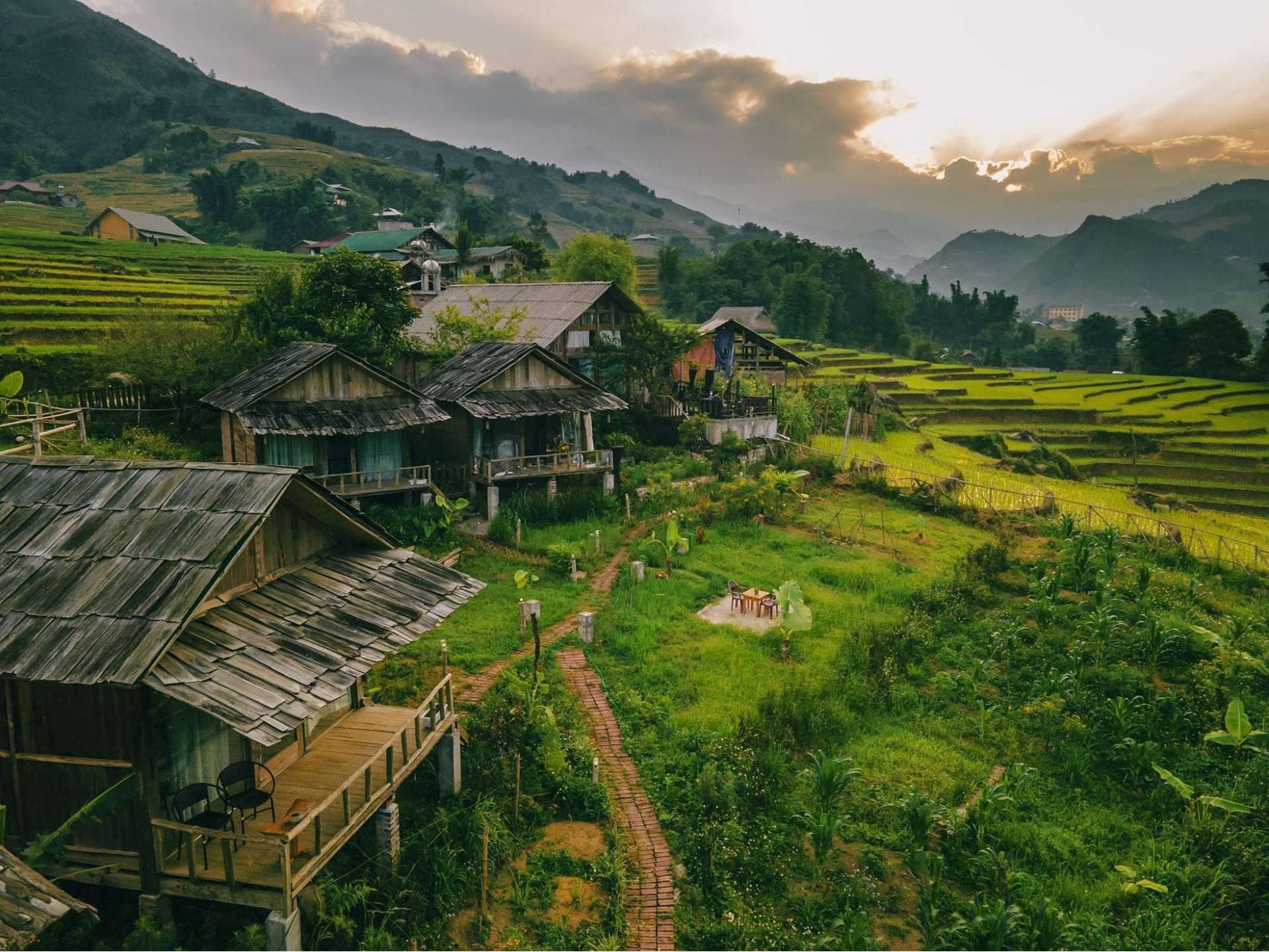
The Sapa weather in February is one of the main charms of this lovely place nestled in Vietnam’s Northwestern mountainous region. At an elevation of 1650 meters above sea level and situated among dense forests and mountains, Sapa in February is usually clouded with mist and fog. This climate offers a distinct sense of allure and mystery to this quaint town.
The weather in Sapa in February sees a range of temperatures from 8 to 14°C. A February day in Sapa typically has 4 hours of sunshine. You can expect a bit of rain on your journey to Sapa at this time of the year, but by the end of the month, as the weather gradually turns warmer, the rain and mist can lessen.
One notable aspect of the weather in Sapa in February is its unpredictability. It is not uncommon to experience various weather conditions within a single day. In the mornings, there is often dense fog, which can later give way to more sunlight in the afternoon. The humidity level can reach a high level of 82%, but thanks to the chilly air, you will not experience any discomfort.
Despite the constantly changing weather, February is a fantastic month for adventure seekers looking forward to outdoor ventures. But if you are planning on spending a day outside, it is recommended that you check the weather forecast, since fog and mist can hinder visibility.
2. Is Sapa worth visiting in February?
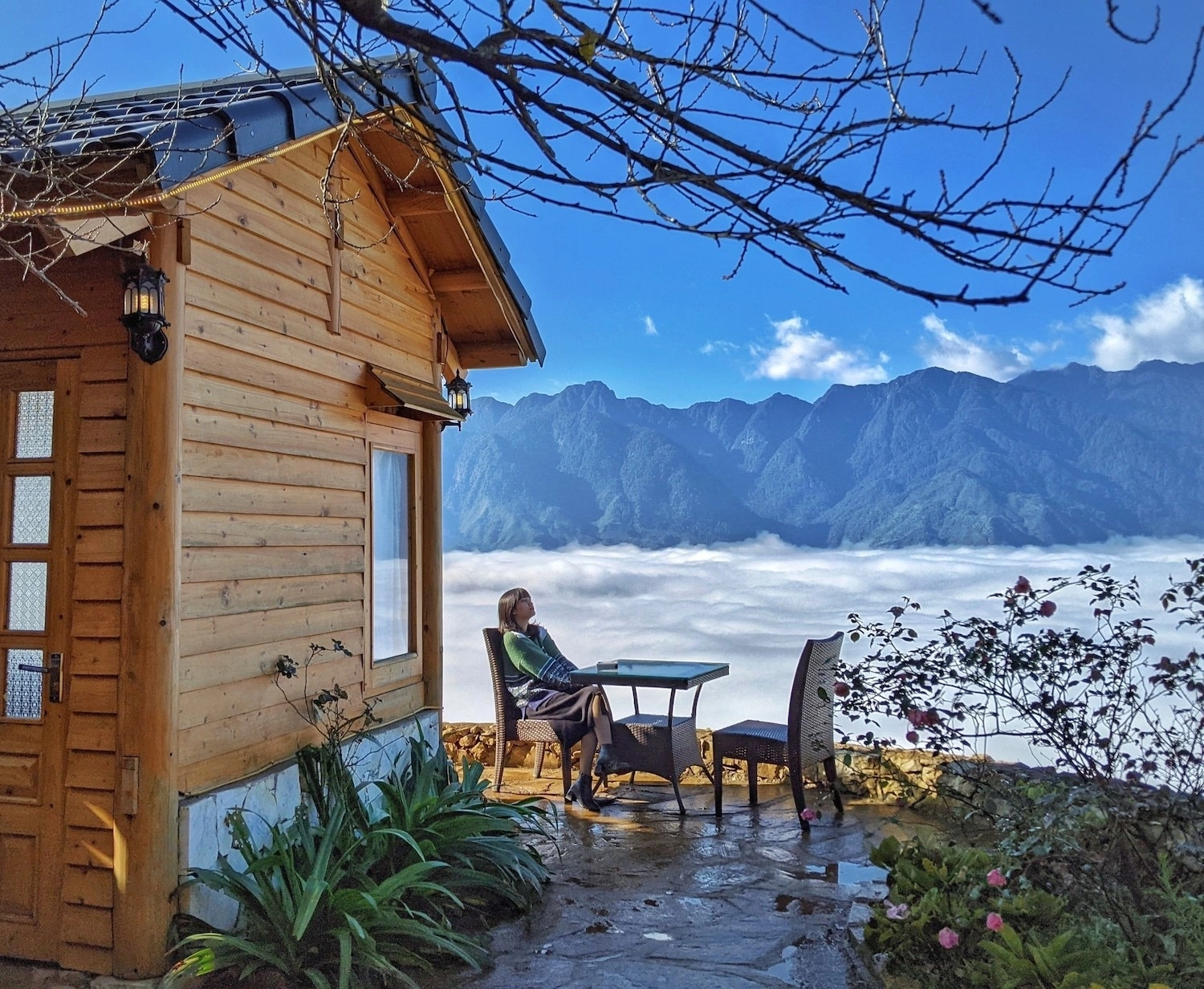
With the Sapa weather in February sounding so fickle, you may wonder if Sapa is worth visiting in February and debate whether to travel to this charming town or not. But despite the cold temperature and the reduced visibility that can sometimes be caused by fog, a trip to Sapa in this season is definitely worth your consideration.
February is the beginning of spring in Vietnam, the season when flowers bloom and all living beings come to life after a harsh winter. In Sapa, you will find breathtaking sights of peach and plum blossom forests spreading across the mountains. The light rain and fog only add to the mystical atmosphere of Sapa at the beginning of spring.
Due to February still being the transitional time between winter and spring, snow can appear in places with low temperatures, such as Fansipan Peak. Therefore, visiting Sapa at this time of year is the perfect opportunity to witness the magnificent snow in Sapa, which is known as one of the most mesmerizing sights in Asia. If you don’t mind the cold and misty weather, Sapa in winter can definitely offer you many magical sights that are out of this world.
3. Best things to do in Sapa in February
You may wonder what to do in Sapa when visiting in February; fear not; we have compiled a list of must-try activities for your convenience. The Sapa weather in February can feel like a hindrance at times, but it can also play to your advantage, as it adds an air of uniqueness and mystery to your adventures. Join in on the cultural and natural beauty of Sapa in February with these activities!
3.1. Trek to Mount Fansipan
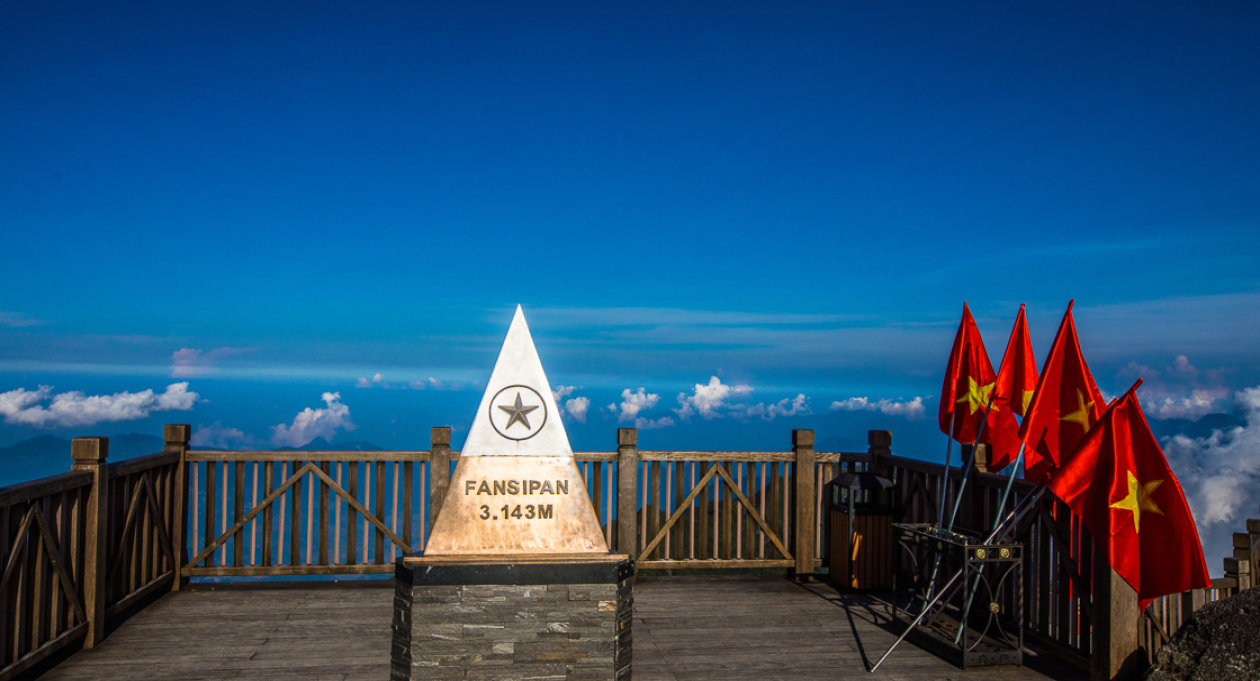
Fansipan Mountain Peak has long been regarded as the rooftop of the Indochina region; thus, this location is a must-try experience for tourists who love to conquer. The best time to make the trek is when azalea flowers are in full bloom in Sapa weather in February to April, offering the trekkers a lovely view along the journey. Wandering along the trails, visitors can view the whole landscape, with the mountain slopes, clouds, and forests dotted with azalea flowers.
3.2. Enjoy the bustling atmosphere of festivals in Sapa

February often coincides with the Lunar New Year, and it presents a unique opportunity for you to enjoy the festive atmosphere of Sapa’s New Year celebrations. The Lunar New Year is a culturally significant time when both locals and visitors can immerse themselves in the rich tapestry of traditions that define this distinctive mountain town. It’s a fantastic opportunity to see ancient customs and modern-day festivities collide, producing an amazing experience for all who attend. Some notable festivals that you should check out include:
- Tet Nhay Festival: Every year, the Red Dao ethnic group in Sa Pa holds a unique Tet festival known as the “nhay”, or dancing festival. This celebration is typically held on either the first or second day of the lunar new year, with occasional variations on the third day. The main purpose is to worship and seek blessings from ancestors for the well-being and prosperity of their family and community.
- Roong Pooc Festival: The Roong Pooc Festival of the Giay people is a celebration to pray for good harvests, thriving livestock, peaceful villages, and the well-being of all. The festival consists of many rituals, including the raising of the ceremonial pole and traditional games like tossing a ball and plowing contests, all symbolizing the harmony of opposites and the flourishing of life.
- Gau Tao Festival: The Gau Tao Festival is a significant celebration of the Hmong people in Lao Cai province. This festival is either to seek blessings or to change one’s fate. Those without children, with few offspring, or facing adversity turn to a shaman to open the Gau Tao Festival for fertility or to improve their circumstances, be it for prosperity or well-being.
- Xuong Dong Festival: The Xuong Dong Festival is a traditional gathering of the Tay, Xa Pho, and Hmong ethnic communities in Sa Pa. The festival is a celebration of the community and to pray for abundant harvests, livestock, and community well-being.
3.3. Admire the stunning beauty of flowers
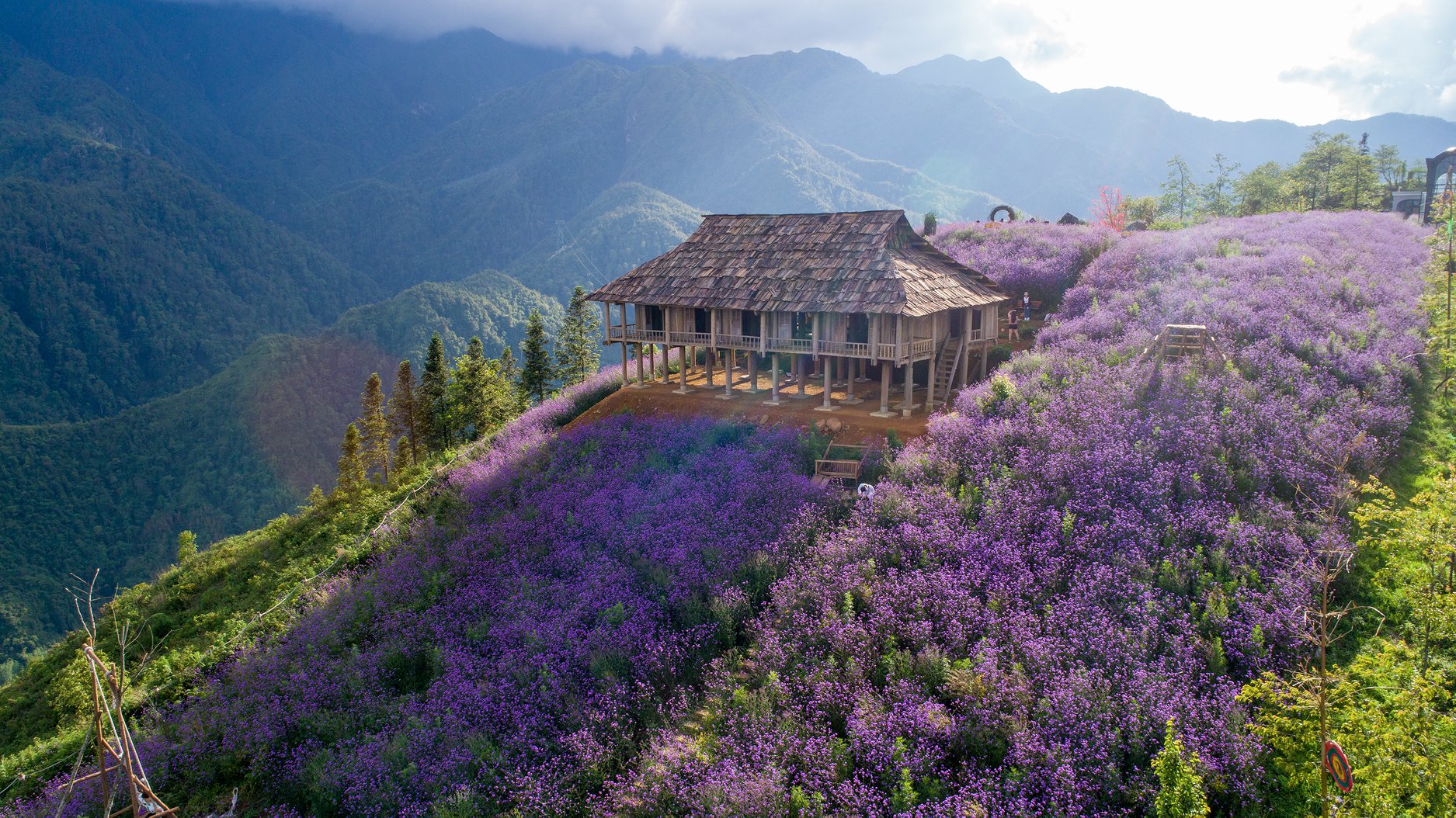
The weather in Sapa in February undergoes a significant shift from winter into spring. To welcome the arrival of a new season, the town adorns itself with the majestic cherry blossoms in full bloom around the banks of Mat Ngoc Lake. The central lake is lined with Japanese cherry blossoms that were planted about a decade ago in front of the entrance to the Sapa Town Hall.
Azalea flowers are a symbol of strong vitality when they bloom brilliantly from dry, moldy branches growing on cliffs. Hoang Lien Son Mountain is the gathering place of azalea flowers, with 40 species of all different shapes and colors. The most beautiful angle to see Azalea blossoms in the middle of Hoang Lien mountains and forests is on the cable car going to Fansipan Peak.
Each season, Sapa has its own charm, but perhaps it is in the spring that Sapa wears “the most brilliant shirt”. As the peach and plum blossoms are about to wither, visitors to Sapa can immerse themselves in the stunningly beautiful yellow mustard gardens. From February to the end of March, Sapa yellow mustard flowers are in full bloom and are the most beautiful.
3.4. Experience ethnic cultures in Sapa villages
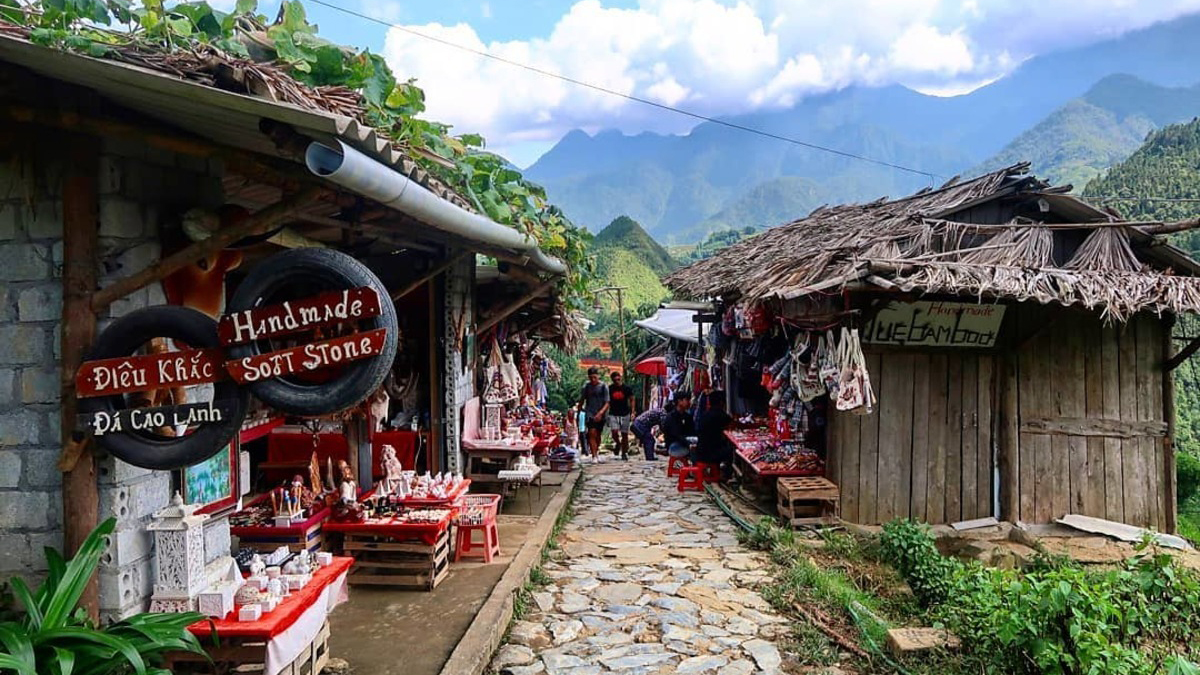
Sapa is a residential area of 6 ethnic groups: Mong, Dao, Tay, Kinh, Giay, and Xa Pho, of which the Mong ethnic group is the majority. The uniqueness of ethnic cultures is reflected in the cultural space of the villages, in the house architecture of each ethnic group, in customs and living habits, and even in costumes and traditional festivals.
A visit to the living spaces of the locals in Sapa will surely give you a lot of insight into the cultures and ways of the Vietnamese ethnic people. Cat Cat Village, Ta Phin Village, Ban Ho Village, Sin Chai Village, Sau Chua Village, Hang Da Village, and Ta Van Village are all interesting and culturally rich locations that should be on your travel list. The hospitable villagers will welcome you with open arms as you immerse yourself in the locals’ way of life!
3.5. Visit local markets
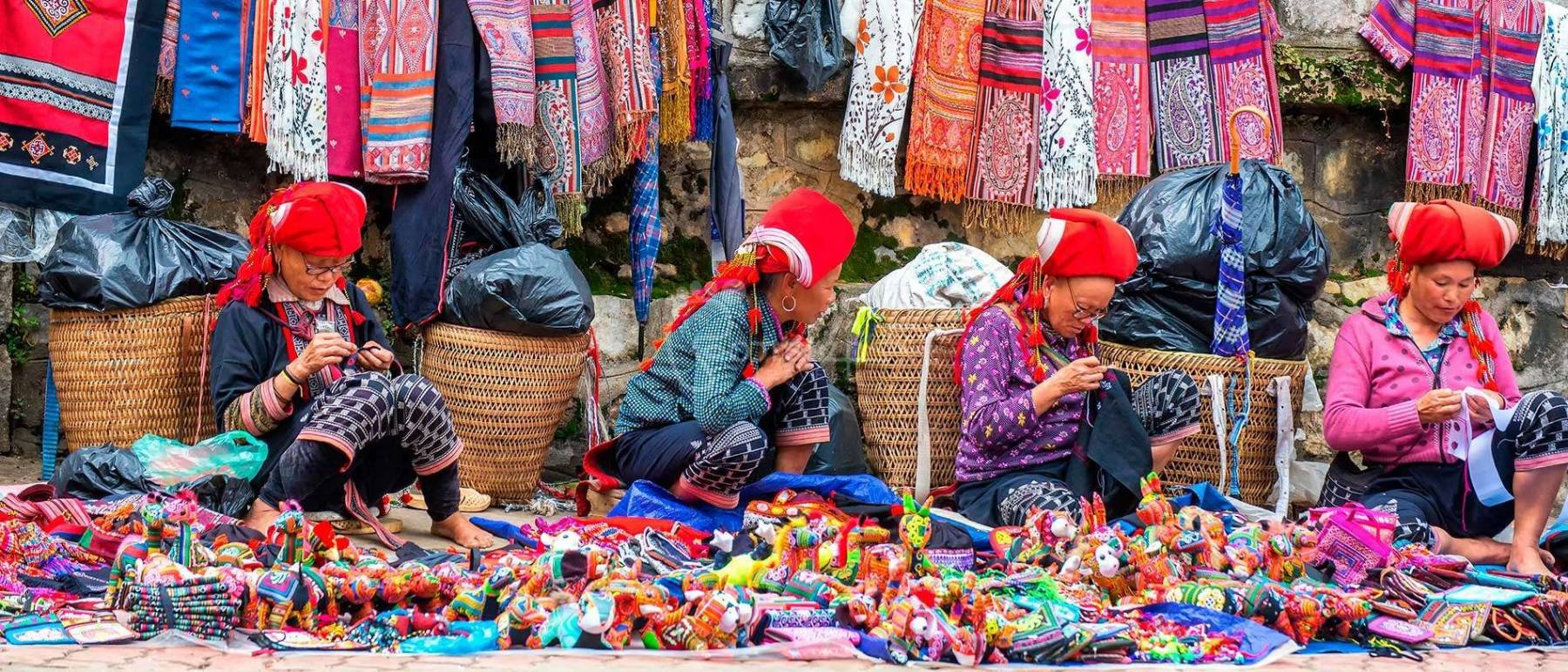
Throughout the map of Sapa Vietnam, there are many significant markets that contribute greatly to the local culture and economy, and Sapa is no different. Visiting an authentic Sapa market fair should definitely be at the top of your list of things to do in Sapa in the winter. The market fair in Sapa is held every Sunday. People in more remote areas often have to leave for the fair the day before. This is a place for the goods exchange, buying and selling of ethnic minorities, a very unique economic and cultural activity with many types of goods and products.
3.6. Explore Sapa cuisine

Sapa is home to many memorable and delectable dishes. Here are some recommendations for your trip:
- Sapa fresh vegetables may sound like a simple dish that can be found anywhere across Vietnam, but thanks to the freshness, the taste is elevated to the next level.
- “Lợn cắp nách”, a unique local pork dish, is best paired with Vietnamese apple wine. This dish is a popular choice for late-night gatherings.
- “Thắng cố” is a Mong traditional dish that is prepared using horse meat, cooked with a distinct spice blend. This dish is served with an assortment of fresh vegetables as a hotpot, a great option for the cold weather in Sapa in February.
- “Cơm lam” features sticky rice grilled in bamboo tubes. This dish is iconic and is typically eaten in the mountainous regions of Vietnam. Due to being cooked within the bamboo tube, the rice obtains the aroma of the bamboo.
- “Xôi bảy màu” is a sticky rice dish that symbolizes the Nung culture with brilliantly colored rice that is thought to bring luck. The colors of the rice are made from the herbs found in Sapa’s forests that create unique flavors for the rice.
- Fresh salmon from Thac Bac’s streams is also a must-try; it is an extraordinary flavor experience that represents Sapa’s cultural richness and diversity.
4. Tips for traveling to Sapa in February
To prepare for the Sapa weather in February, here are some tips you should be mindful of:
- Hiring a native guide is very important if you plan to trek in Sapa in February. Even though self-guided trekking in Sapa is safe and easy, it is preferable to have someone who understands the area, the finest viewing points, and the weather.
- Renting a motorbike is a fantastic alternative if you want to explore Sapa. With a bike, you can easily explore the village and take in the view of the hills.
- Pack some warm clothing, as well as a waterproof jacket and a light jacket. Bringing a raincoat or an umbrella can protect you from a sudden rainstorm. It is also advisable to bring extra socks and underwear, as well as a comfortable pair of shoes.
